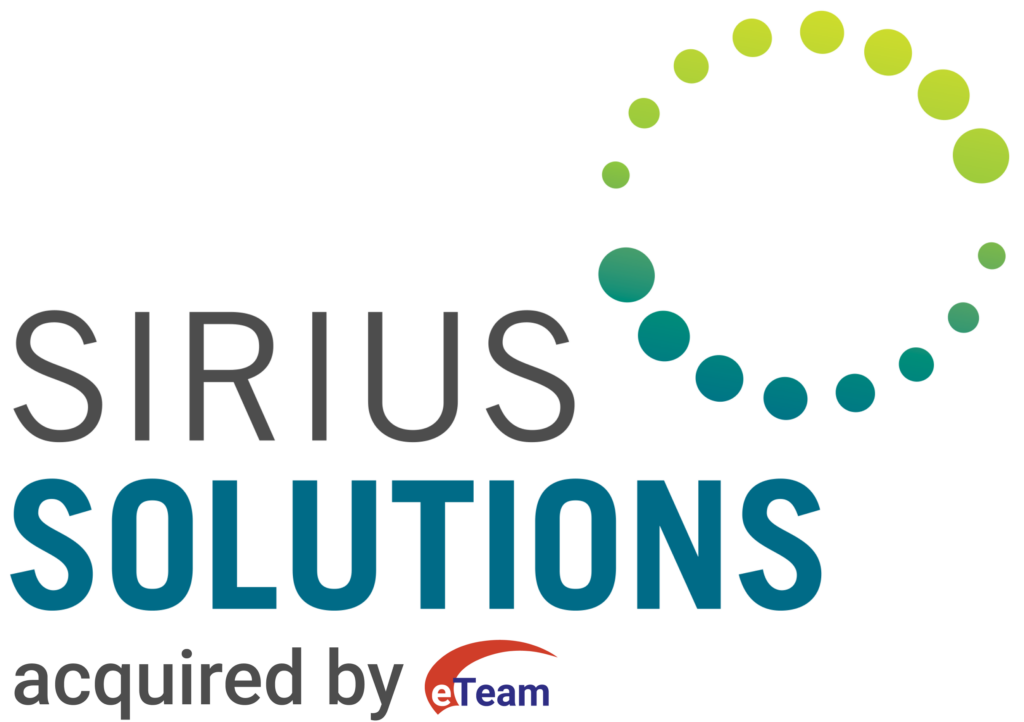How to Maximize Your ERP – Microsoft Dynamics
In the post-pandemic era (we expect the global battle against COVID is going to come to an end), companies will be forced to create habits that will maintain the pace of change. Over the past year, in the process of adapting to virtual and remote work environments, companies have invested in large cloud migrations, platforms, and systems. To make the most of these investments, companies should now focus on developing optimized workflows and utilizing previously unavailable features to gain maximum benefits from technology. In this article, we showcase what this could mean for an organization that has migrated to Microsoft Dynamics.
There are two aspects to maximizing utilization of a software or platform’s features – the first aspect involves developing an overarching strategy and workflows for business functions. Often overlooked, the second aspect is to use the software for the little things – and find everyday benefits.
Launching a strategic initiative around a broad, scalable technology platform is well documented. Getting adoption to stick and work is, in essence, what prepares an organization to keep up with the pace of change. To start with, companies should focus on KPIs, business intelligence, and reporting. The combination of business objectives that enable better management decision making, supported by technology and workflows, is what forces businesses to run better.
It is much harder to explain how technology helps with the “little” things and perhaps easier described using examples.
Examples:
1 – We have observed that landed costs, a feature currently available in Microsoft Dynamics, is often under-utilized in accounting and finance departments. We have found that this available, yet often unnoticed, feature helps companies better understand their total costs around a particular product. The data around landed costs, in this example, includes rolling up numbers in the ERP and funneling results for AP invoicing – thus reducing error and time.
2 – In another example, at a recent engagement, we realized our client had issues with short payments (invoices that are paid but do not get paid in full). We solved this problem using reason codes from Microsoft Dynamics and tied codes for the different buckets to the general ledger and reports. The “fixes” discussed here are easy and accessible.
Cloud migrations and cloud-based platforms have been shown to deliver cost savings in the long run.
Here’s how:
- Departments no longer need to depend on IT for their day-to-day needs.
- The use of Excel is significantly lowered.
- Functions can operate as an independent entity within a corporate ecology.
The onus is on each department to find measurable value through technology every day.
Rakhee Das, Chief Strategy Officer – Sirius Solutions
DOWNLOAD THIS ARTICLE
If you would like further information about our ERP and Microsoft Dynamics services, please complete the form below.
